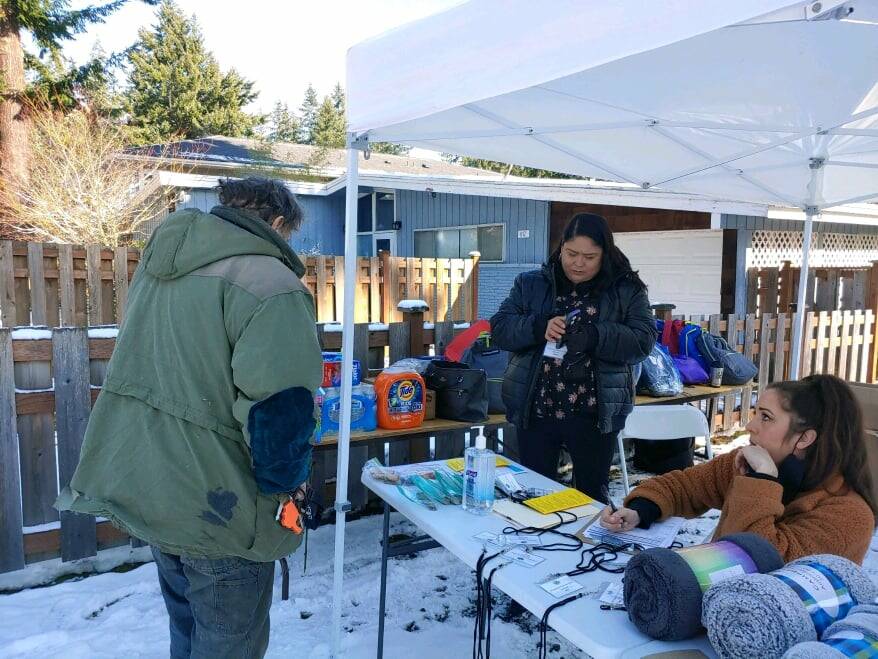After being canceled in 2021 because of the COVID-19 pandemic, an important federally and state-mandated event concerning Whidbey’s most vulnerable residents was recently reinstated.
The annual Point in Time count – which usually occurs in January – happened Feb. 24 statewide this year. A measure of homeless individuals in the area, the count helps determine allocation of funding to address regional needs and it tracks trends.
In 2020, the Point in Time count recorded 143 homeless people within Island County. Of the 143 counted, 78 were unsheltered, and 65 were sheltered, meaning they were enrolled in a shelter program but not in a home of their own.
Results for this year’s count will not be available for at least another few months. The House of Hope in Langley, Ryan’s House in Coupeville and St. Stephen’s Episcopal Church in Oak Harbor – also known as SPiN Cafe’s headquarters – served as the hubs, or gathering places, for survey volunteers to provide resources to fellow community members in need.
For years, South Whidbey stylist Spring Roehm has volunteered to cut hair during the count. At this year’s scaled-back event, she focused on handing out shampoo samples, among other necessities, to people coming by the House of Hope.
She praised the leadership of Tanya Stager Gran, the interim executive director for the Whidbey Homeless Coalition, who led the Point in Time count’s efforts for the South End.
Stager Gran said a total of 34 volunteers helped out at the South Whidbey event, which could potentially equate to higher numbers of homeless individuals being counted. Volunteers located at least three different encampments to visit.
At the House of Hope, other volunteers handed out laundry soap, gloves, hats, socks, hand sanitizer, masks, toothbrushes, gift cards, tents, sleeping bags and backpacks.
Michele Chapman, the executive director of SPiN Cafe, said she saw increased traffic at the North Whidbey hub.
“We put the word out so people have been filtering in all day,” she said, “and they’re filling out forms and the county has provided some goodie bags.”
Joanne Pelant, the Housing Programs supervisor for Island County, said much of the count’s efforts focuses on unsheltered individuals, the large majority of whom struggle with mental illness.
“The count, I think, will reflect the gap we have in our system which is really housing for people with significant behavioral health issues,” she said.
Housing Program Coordinator Emily Wildeman said it does not account for the number of people who are couch-surfing.
“People are living doubled up and tripled up and they’re just not represented in this count,” she said. “They’re out there because we get calls from them everyday looking for housing.”
Pelant said the count is the longest-running data the nation has on homelessness.
“Although it’s a snapshot and it happens in one day, it does help us see trends in where we’re going,” she said.



